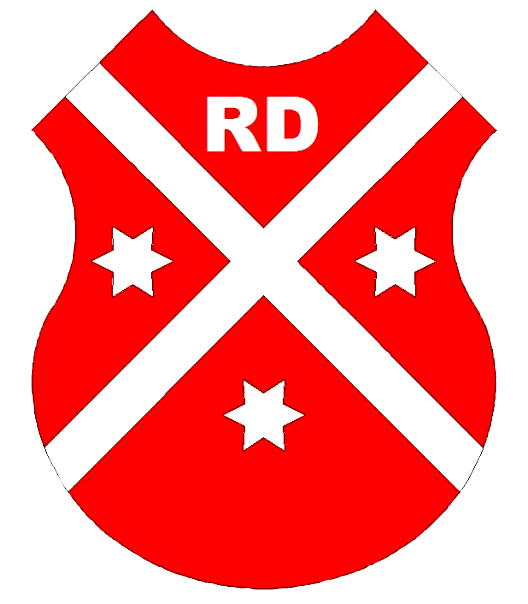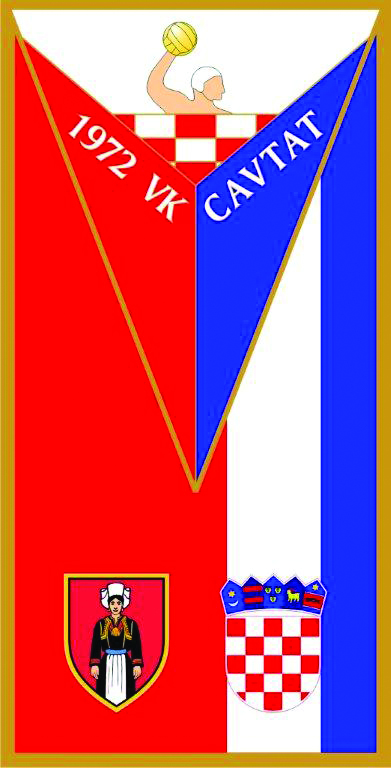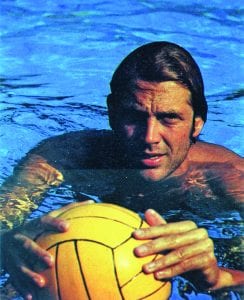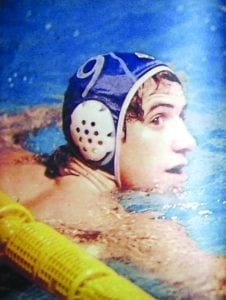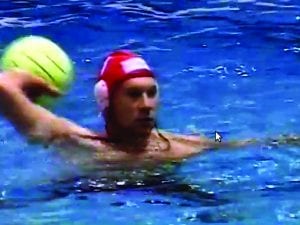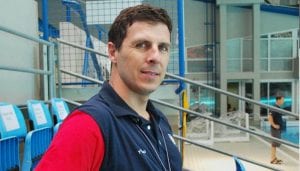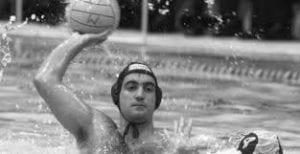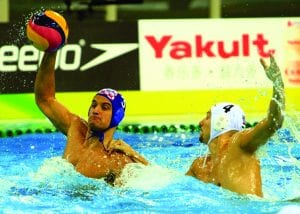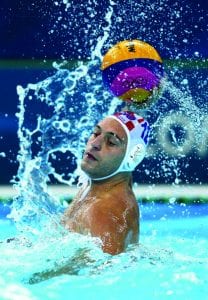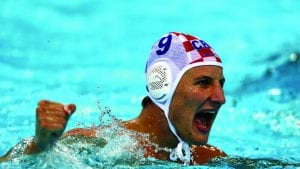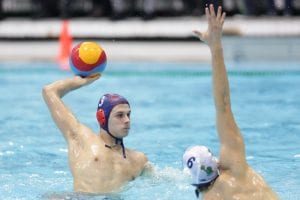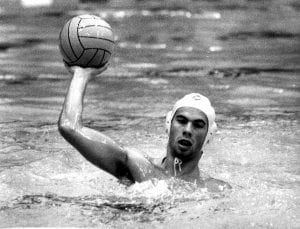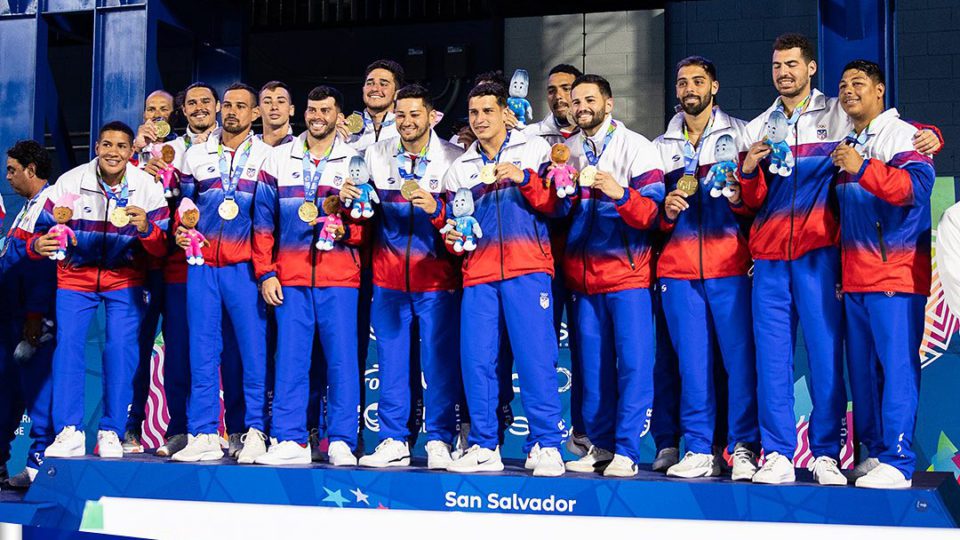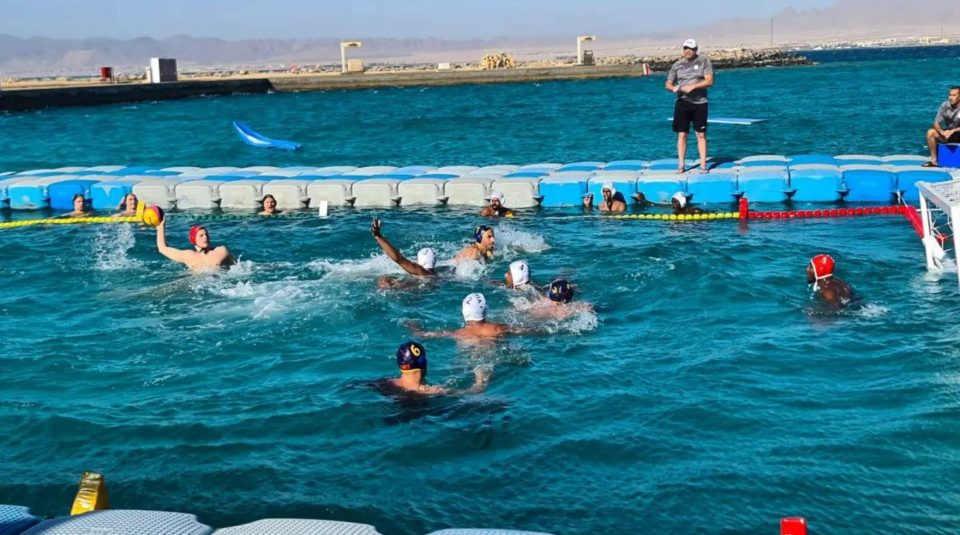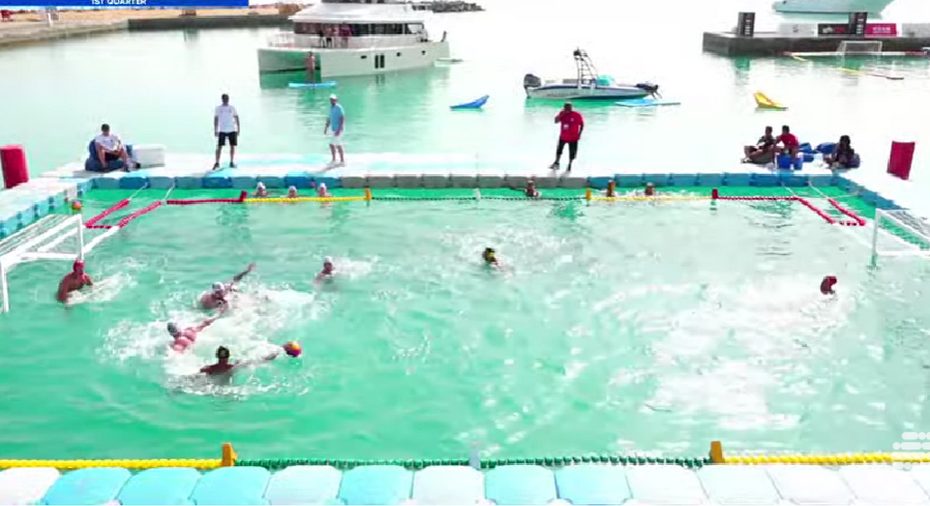In our latest Sacred Sites series, we bring to you the story of Cavtat – a small town with big water polo history by Vinko Rožić. Born in Dubrovnik in 1973, Vinko Rožić is a Croatian author who writes about water polo, among other themes. Apart from being a published author, he is an organizational behaviorist, show host, and aficionado of water sports and tennis.
Konavle – the beginning
Konavle, the southernmost region of the Republic of Croatia, just as it is rich with the medicinal plants and breathtaking scenery it is steeped in history albeit partly mythopoetic. As fate would have it, roughly a century ago water polo swam in and stroke by stroke, score by score, pushed itself to the forefront of Konavle sport (there are 30 sports associations in Konavle today), eventually becoming inextricably weaved into its cultural tapestry.
The story of how that came about is rather well known to the water polo enthusiasts and needs not be elaborated at length. It is an interesting story, however, so let us quickly reflect on it for the sake of others. As it serves the story, let the reader be reminded of the fact that the speed of human thought is exceeded only by the speed of the word of mouth, that of light and the internet-of-things notwithstanding. Having acknowledged the perennial law of the aforementioned, it becomes easy to grasp just how an organic and infallible, although still puzzling to science, “Antikythera mechanism” of sorts allowed the sport of water polo to moor off the William Wilson’s cold Victorian shores, to brave the La Manche and, having reached the continental heart of Europe, swim on – river streams, ponds and all – further down to the Mediterranean finding the welcoming fertile bodies of water all about it.
It was the students from the city of Split with their alma mater at the University of Prague that sparked the water polo movement, if you will, on their hometown beaches which, for the sheer fun of it, were solemnly founded as mock Republics. The “Antikythera mechanism”, now fully activated and backed by inexhaustible youthful energy, reverberated the water polo vibe up and down the Dalmatian coast. Consequently, the sunny summer days of coastal Croatia from the time of the WWI henceforth saw founded many beach Republics – each with their own water polo squad.
The Republic of Danče
Dubrovnik was no exception to this. In fact, the ancient walled city quickly took over the lead having no less than seven such entities established within its area. To illustrate just how far the Republic thing was carried out, let us use the example of the Republic of Danče. “Officially” established in 1923, it was headed by a duke who was assisted by several ministers, an executive secretary, and the Senate. The Republic of Danče, as republics proper do have, had its flag, coat of arms and anthem and, to top it all, the whole mythological world that enveloped its existence. At the top of this belief-matrix sat the supreme being called Grand Sea Urchin that “could never be seen but could surely be felt” within the Grand Cave (adjacent to the Danče beach). The Republic’s water polo team was, of course, at the forefront of it all and the whole mockery was understood as no more than that. However, the scope of all it encompassed gives us a clear idea of the level of involvement those regular beachgoers had with the sport of water polo. Needless to say, that particular brand of water polo was far removed from what we understand by the sport today. Perhaps we could best label it as a favorite pastime or as a healthy amusement, amateur as it was through and through.
Now, Cavtat, the presiding town of Konavle, was and is surrounded by beaches and located only 6 nautical miles southeast of the Republic of Danče. ‘Twas on the morrow already’, as the Bard from the homeland of water polo would perhaps put it, that the Cavtat’s youth picked up the water polo ball themselves. Many matches were played under the name of “Epidaurus” (Cavtat was so called in antiquity), using the requisites Cavtat born-and- raised opera singer Tino Pattiera brought with him during his summer vacations before the children and grandchildren of “Epidaurus’” players declared it a high time to officially found a water polo club and decisively gathered at the Cavtat’s outdoor cinema with the aim of bringing their thought to fruition. Ever since that 29th warm evening of June 1972 Water polo club “Cavtat” has been competing officially and under its new name.
Considering that the town of Cavtat still does not have proper swimming and/or water polo facilities, it is (always anew repeated) a small miracle that its senior team has won many B-league cups and championships in both former country and Croatia. It did no good to Cavtat to top the league and earn the privilege to enter the big boys A-league since they effectively could not compete in the majors for the lack of facilities and sufficient financial backing.
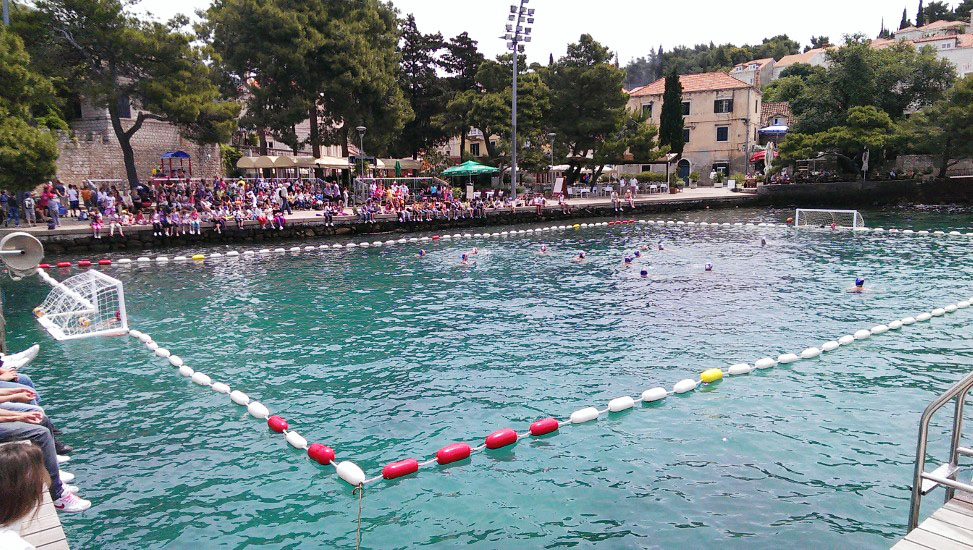
Be that as it may, we cannot but mention that its age group team has still managed to rank overall 2nd in Croatia in 2001 when coach Milan Trkulja (now living in the US) and then his successor at the helm Pavo Pulić successfully surmounted all technical and financial challenges and lead “Cavtat” – as the only B-league club! – to winning this enviable ranking. “Cavtat’s” age group team has subsequently reached the top three position at quite a few local-to-international tournaments and has certainly become a water polo force to be reckoned with.
The team from Cavtat
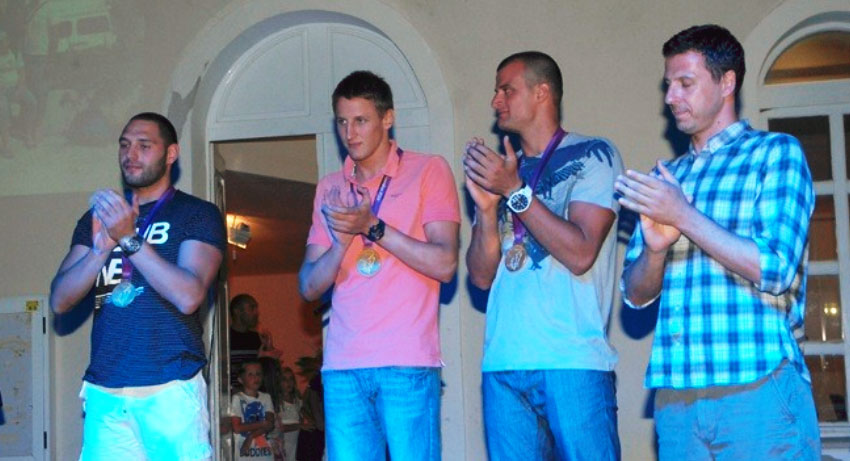
However, it is the Cavtat’s homegrown goalies, players, and coaches as individuals that had put its namesake club on the water polo world map. Naturally, once they surpassed their formative years, they ventured on primarily to Dubrovnik’s Jug where they could further be trained to become all they could be. For the sake of space, we should mention only those that competed at the Olympics, World and European Championships – click the images below for details about their succesful careers:
- Luko Vezilić
- Goran Sukno
- Marko Balić
- Elvis Fatović
- Ivo Ivaniš
- Miho Bošković
- Paolo Obradović
- Sandro Sukno
- Loren Fatović
- Josip Vezjak
Water Polo as a way of life
When one considers that the town of Cavtat proper has less than 1000 inhabitants, which amount to some 3000 in a somewhat wider area, and that ever since the 1970s almost every family in one way or another has been involved with Cavtat’s water polo club, it should come as no epiphany that in Cavtat water polo is more than just a sport. In fact, it could be argued that such unique microcultural milieu serves as perpetuum mobile behind the ever-growing involvement of people of Cavtat with water polo. There are now more than 80 of the youngest swimmers acquiring the skills under the guidance of prof. Matijana Stanišić.
It would be rather difficult if not impossible to distill and rank in importance all the contributing factors behind the apparent steady emergence of talent in a place that still sports only a summertime water polo court within its bay (aptly called “Water polo”), but frequently both the pros and the laymen point to the now already a tradition of finely tuned balance between the playfulness itself, as the core motivator and main builder of players’ uniqueness of style, and the planned arduous work that both players and coaches have been putting in every single day for
years, all the while keeping enthusiastic about the outcome no matter what the challenges faced. And those are many. The individually tailored approach to swimming practices championed by Capt. Ivica Moretti was taken up and spread to water polo initially via coaches prof. Pero Kušelj and Ivo Bobić, following by prof. Jakša Bošković and later Miho Bobić and others. If the track record is of any worth in predicting the future, I dare say “Cavtat” may certainly expect a bright one.
We would like to thank Vinko Rožić for this story! If you have an interesting water polo story of your own, get in touch with us on our Twitter and Facebook!




